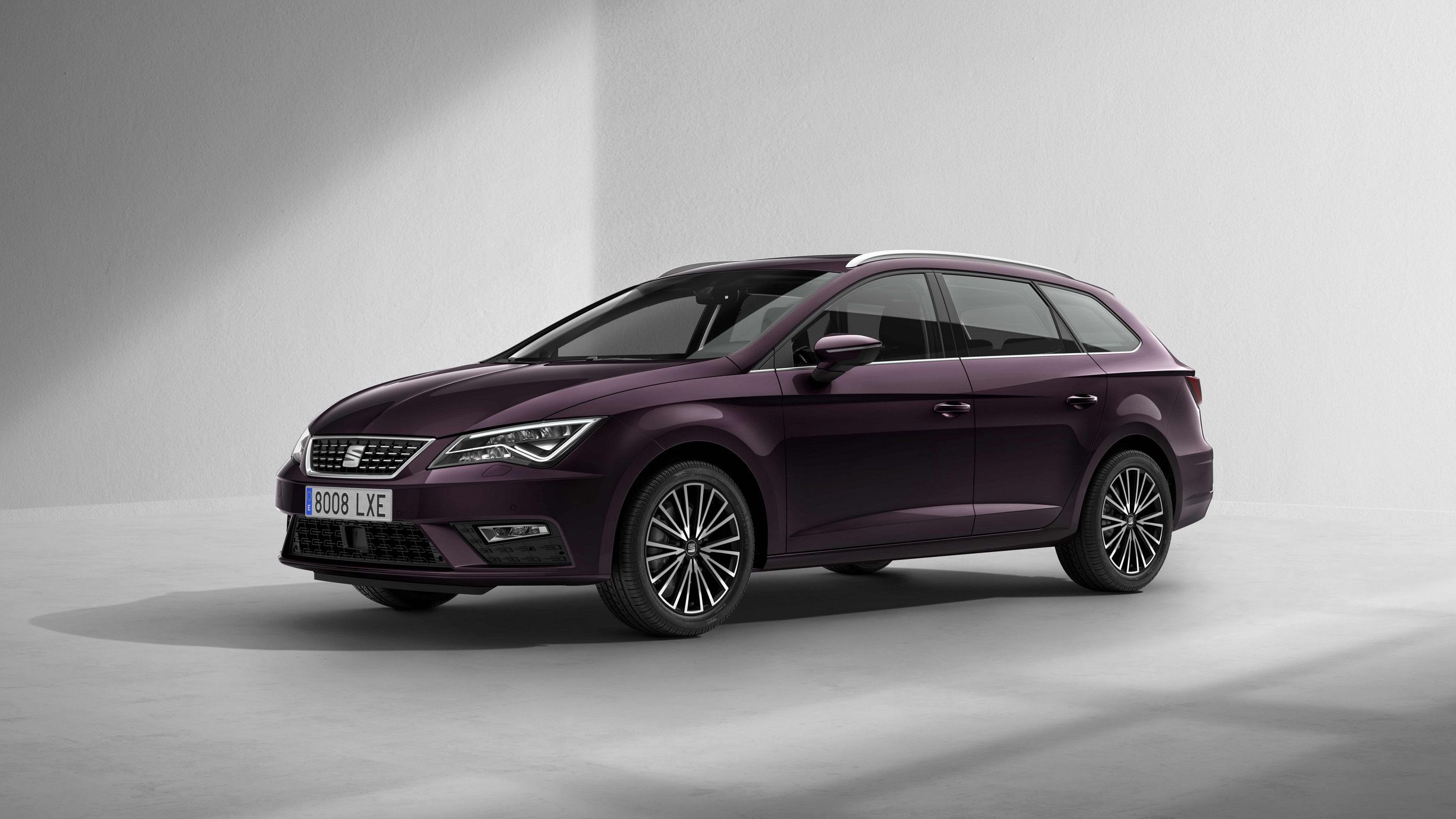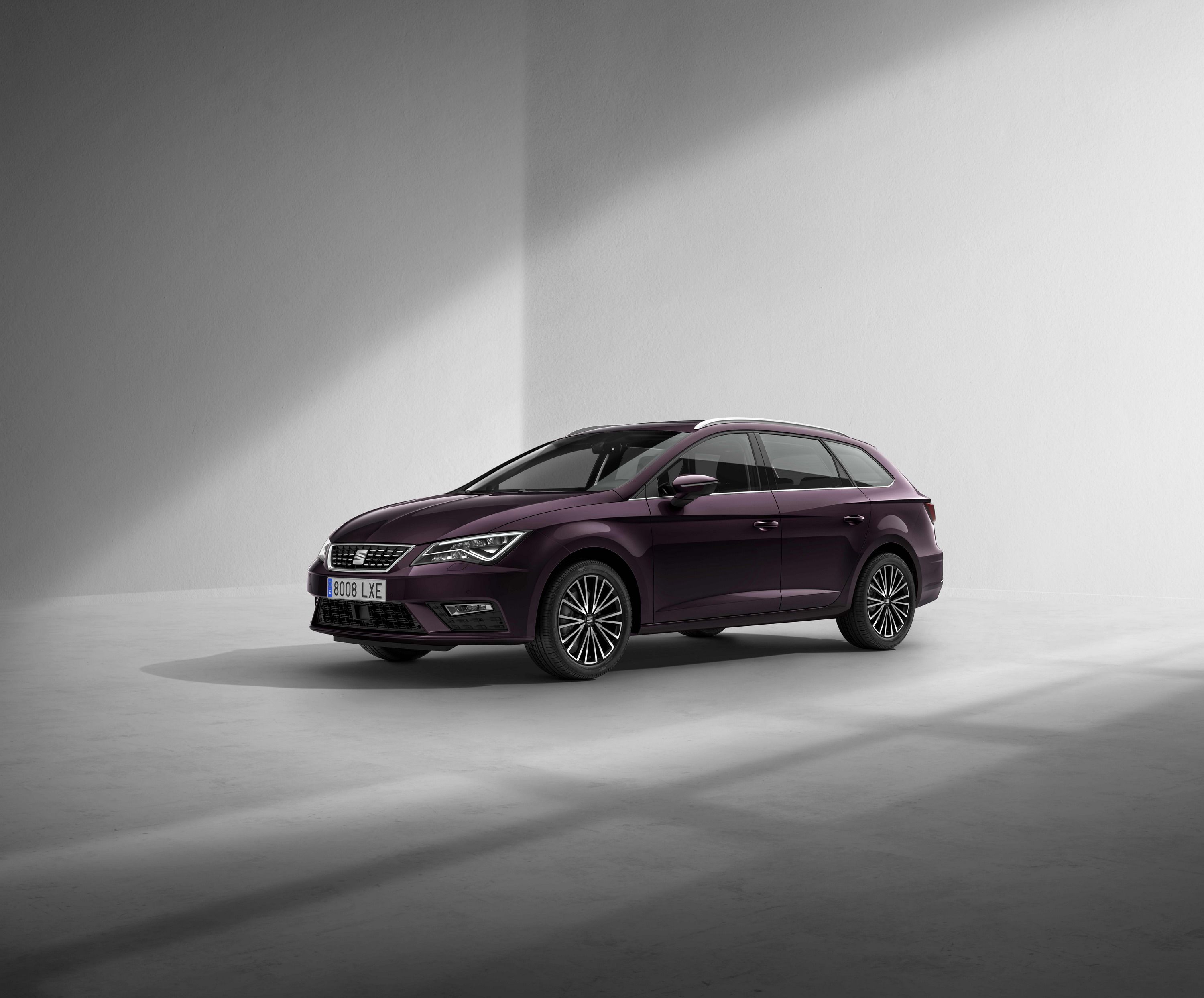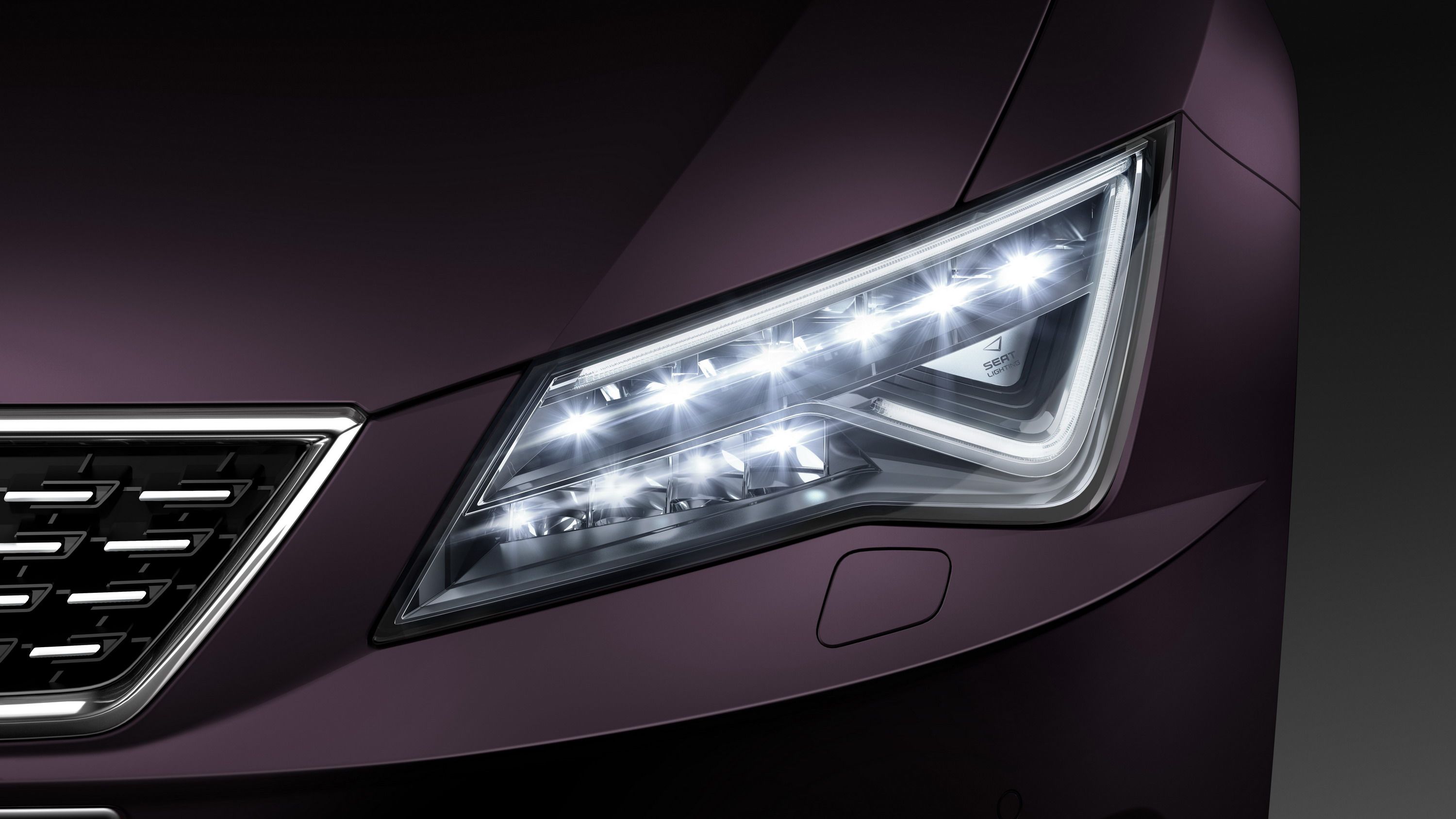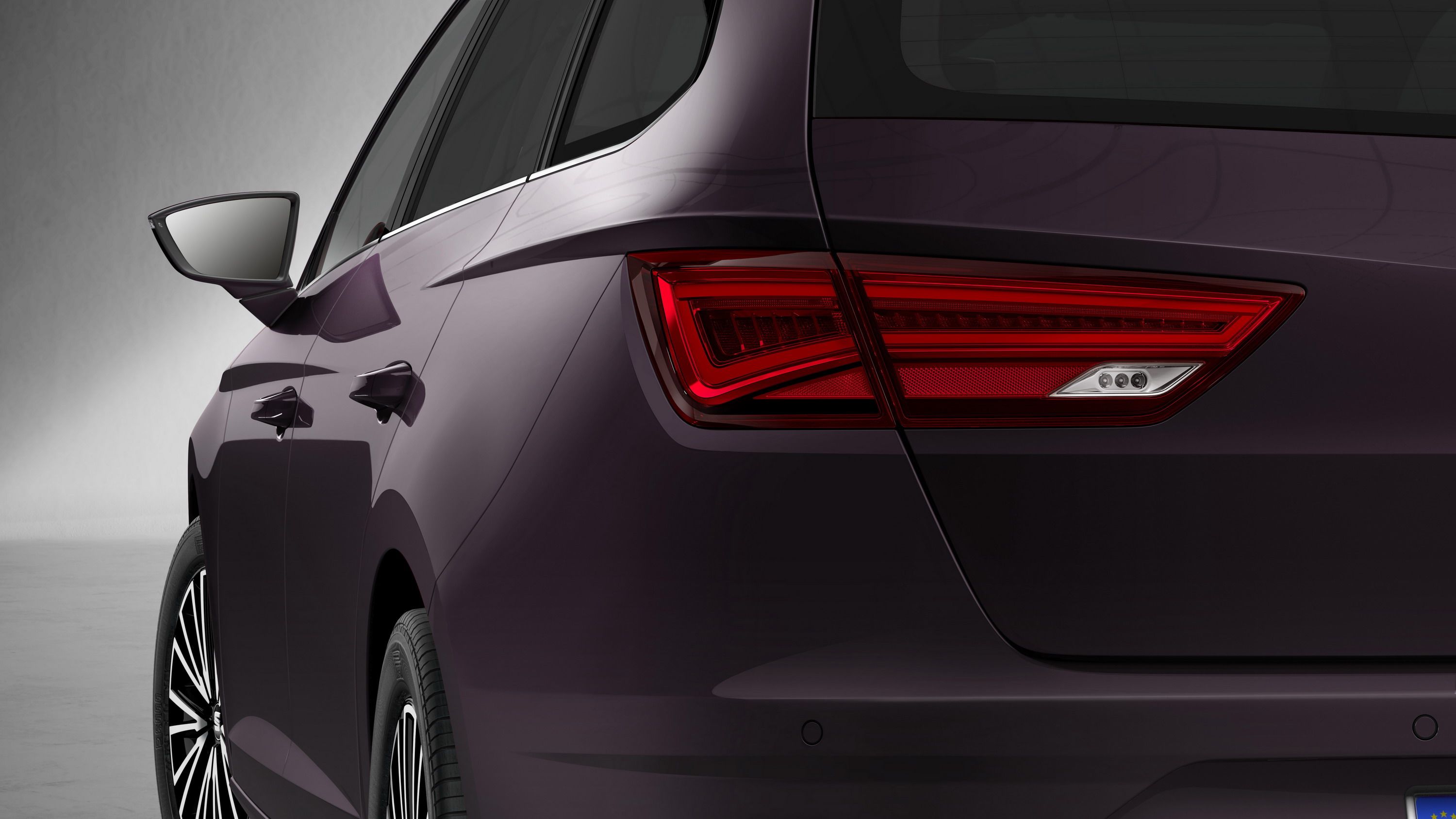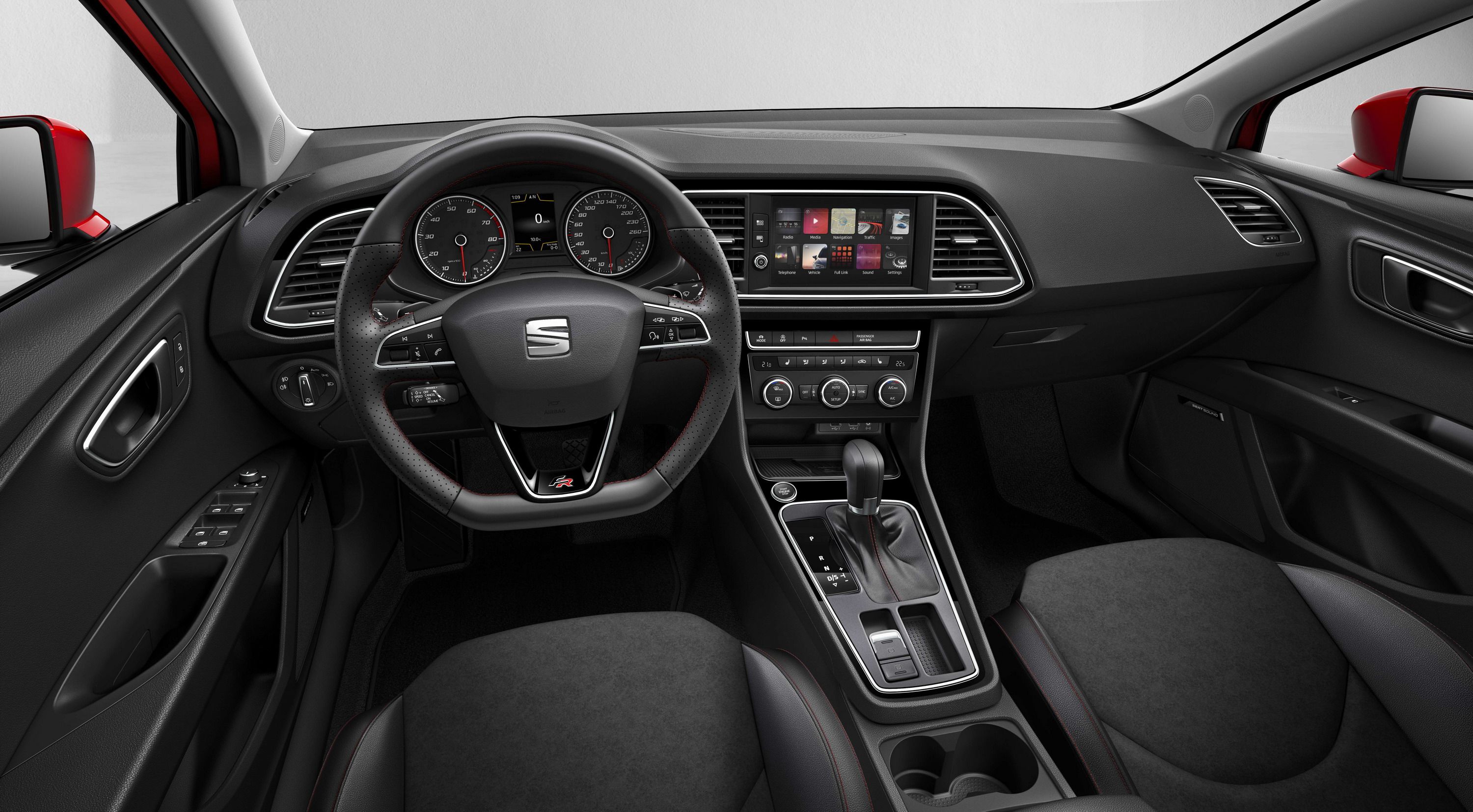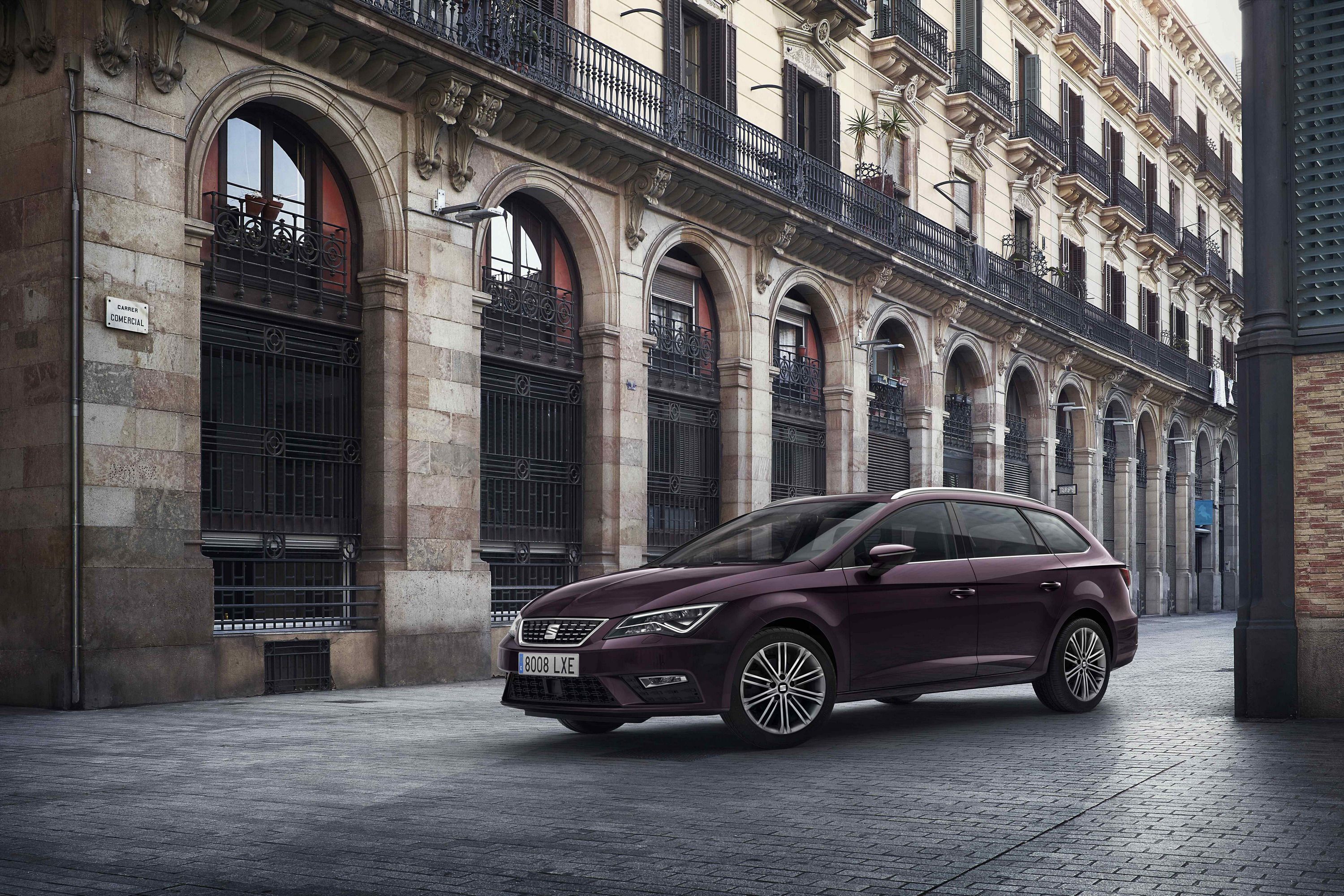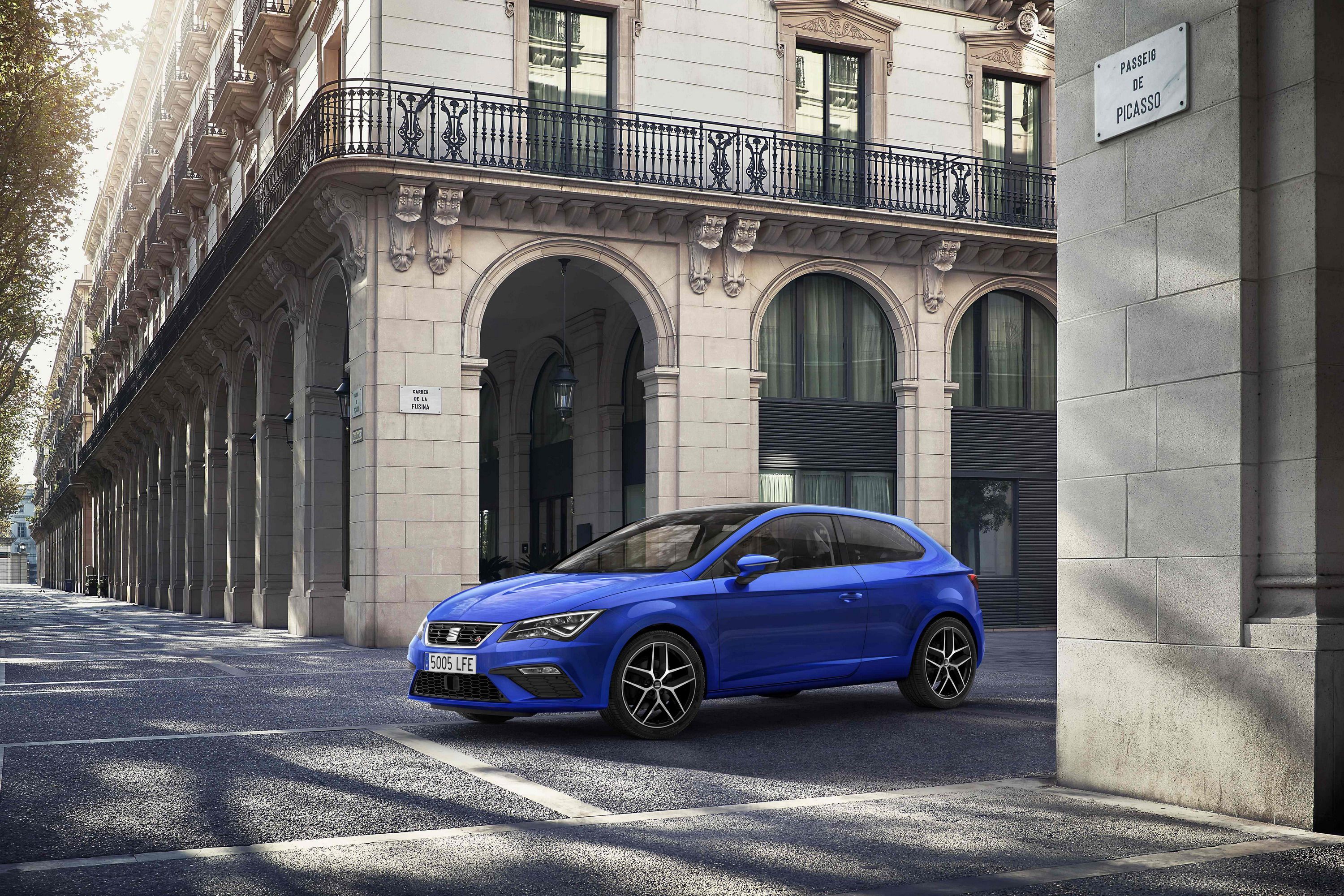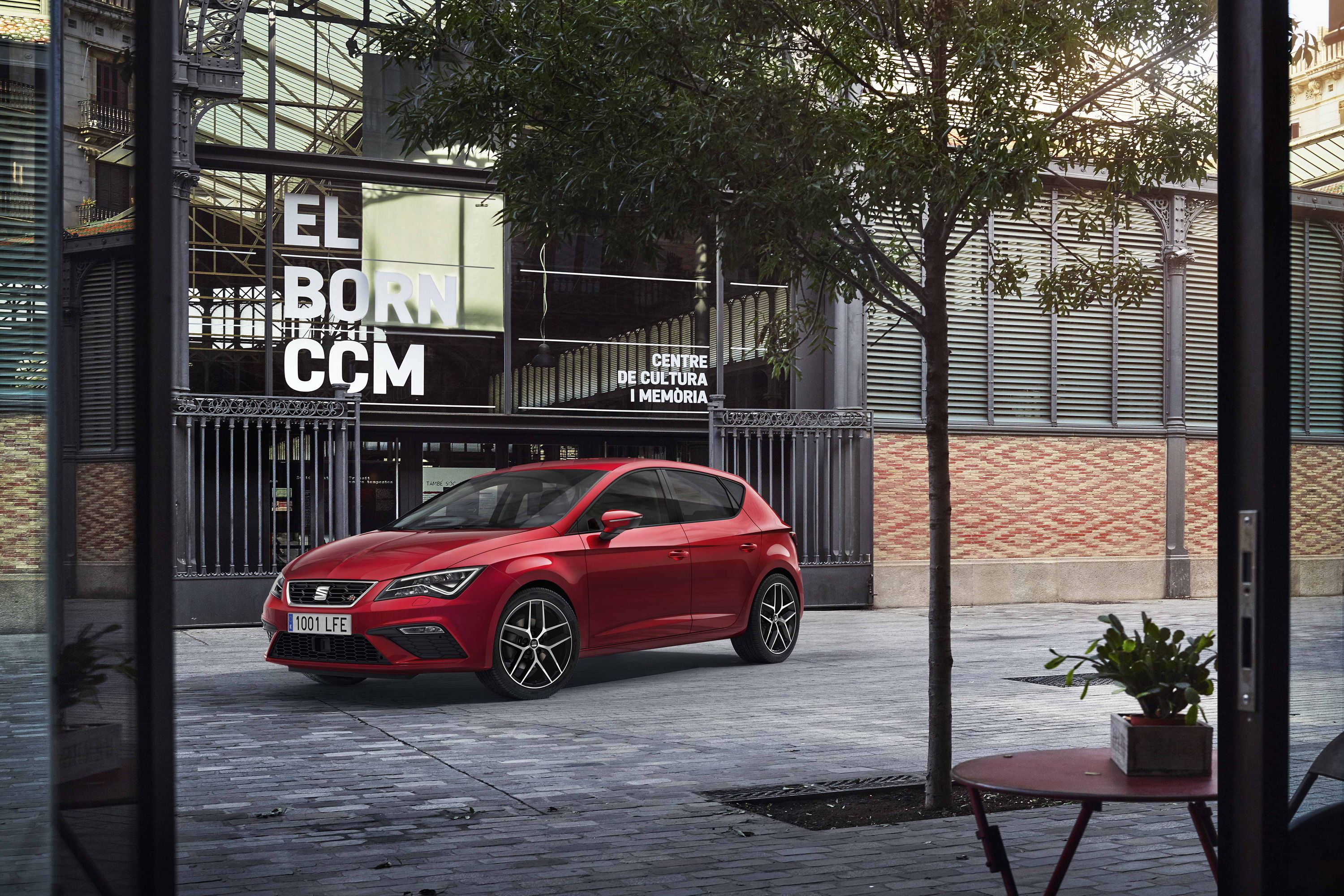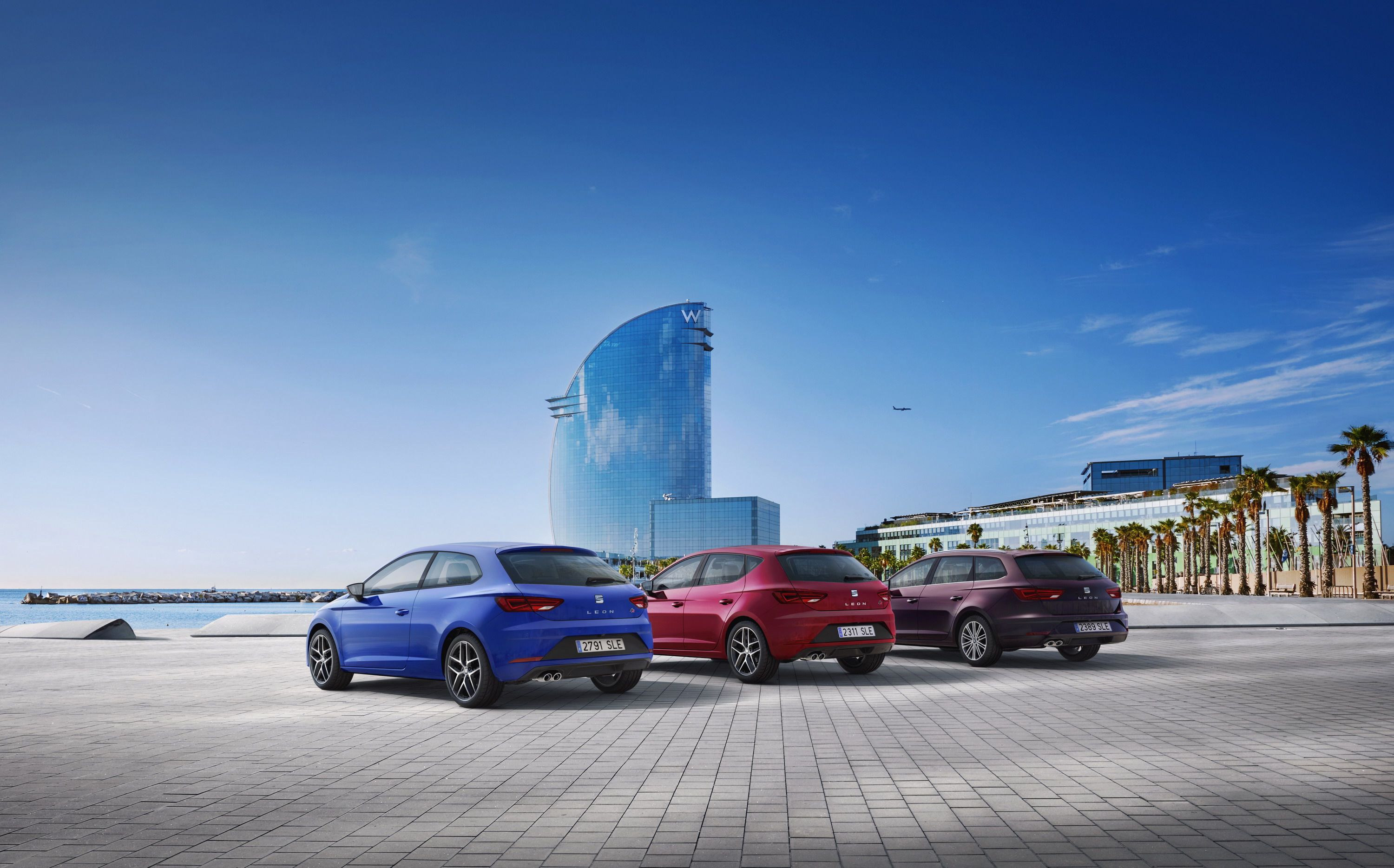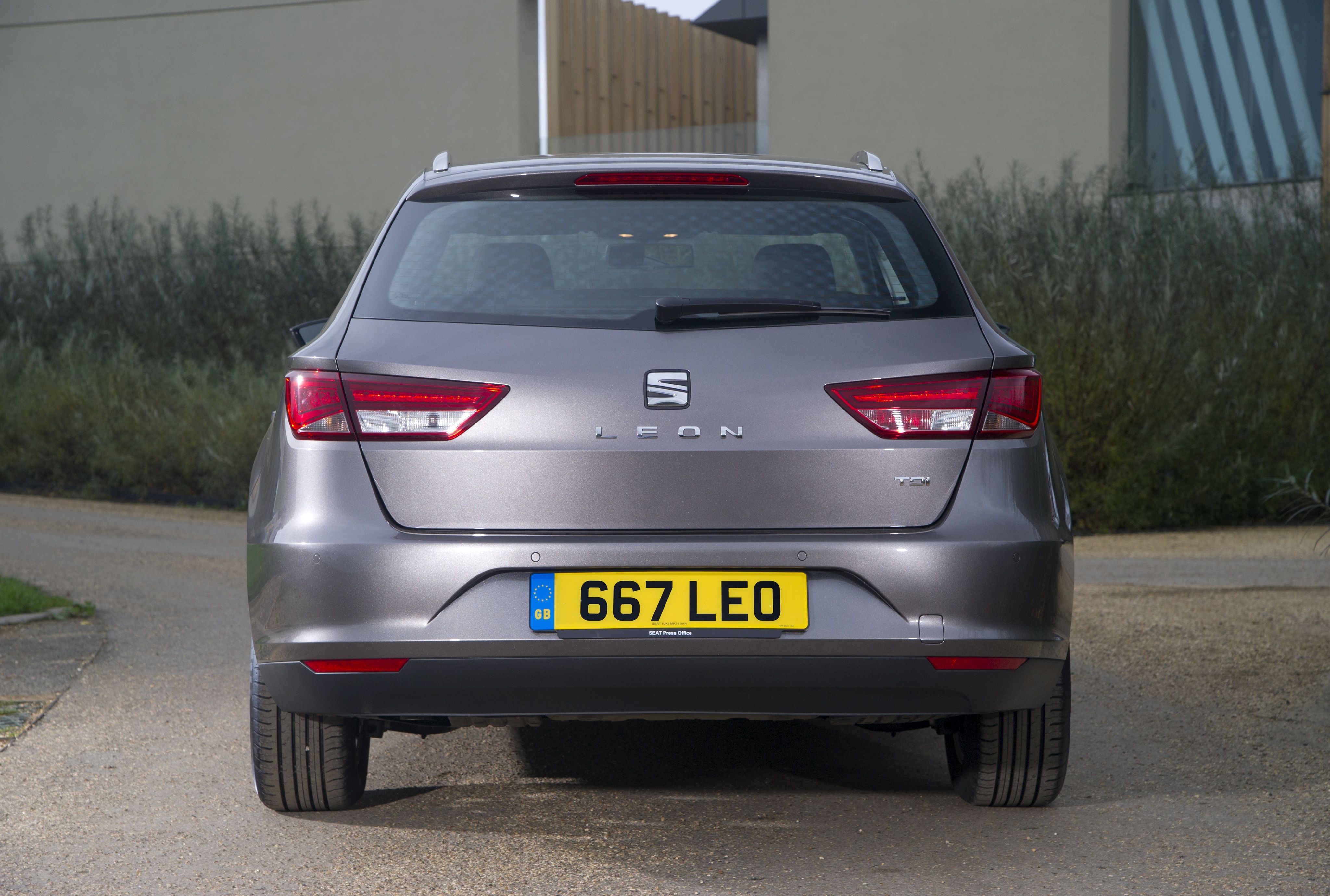The latest-generation Leon came to be in 2012, some 14 years after Seat launched the nameplate. The third-gen car brought many improvements over its predecessor, being significantly lighter and incorporating more technology. The exterior was also redesigned with sportiness in mind, while the interior gained better materials and a more upscale look. Sharing its platform with the Volkswagen Golf and the Audi A3, the Leon also borrowed its drivetrain from its German counterparts. In 2016, the third-generation model received its mid-cycle facelift.
Although facelifts operated by the Volkswagen Group aren't exactly comprehensive, the revised Leon arrived with many new exterior features, as well as a significant amount of new technologies in the infotainment and safety departments. The hatchback also gained a couple of new engine options, which make it a more versatile car compared to its main rivals, including the Golf it is based on. Like the outgoing model, the refreshed Leon will be offered in three body styles: the five-door hatchback, three-door hatchback (Sports Coupe), and the five-door station wagon (Sports Tourer).
The facelifted Leon will hit showrooms in early 2017, about the same time Volkswagen is expected to start selling the revised Golf. The Spanish hatch will face massive competition in Europe from the Ford Fiesta, Hyundai i30, and Kia Cee'd, among other nameplates. Find out how it compared with its most important competitors in the review below.
Continue reading to learn more about the 2017 Seat Leon.
2017 Seat Leon
- Make: Array
- Model: 2017 Seat Leon
- [do not use] Vehicle Model: Array
Exterior
Unlike most facelifts, the Leon gained quite a few new features on the outside. First, the hatchback sports sharper, more assertive lines that give it a sportier look. Up front, the Spanish firm revised the headlamps, adding reshaped LED strips. More importantly, the grille is now 40mm (1.5 inches) wider and its frame is finished in a richer chrome typically found on more expensive cars.
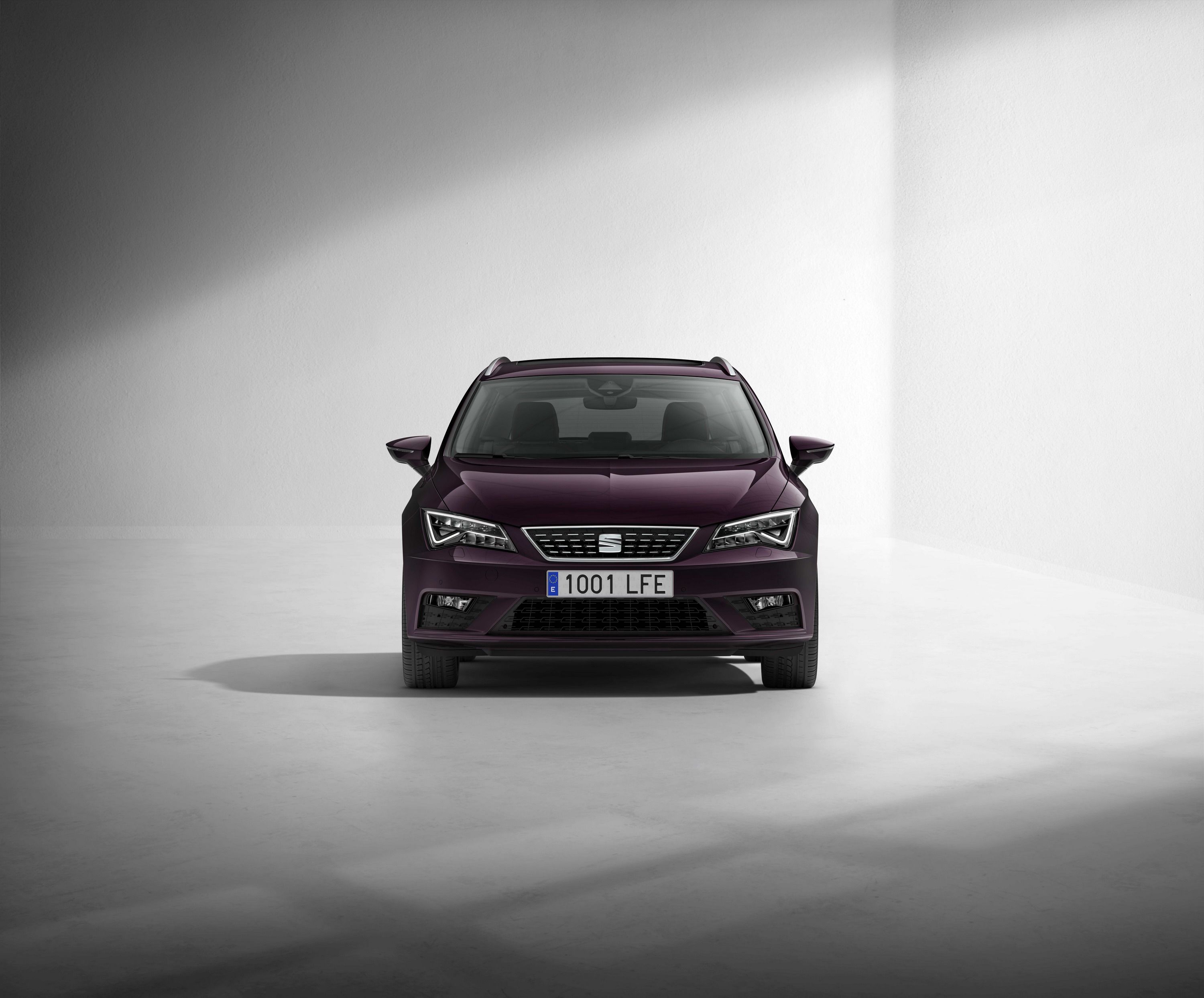
|
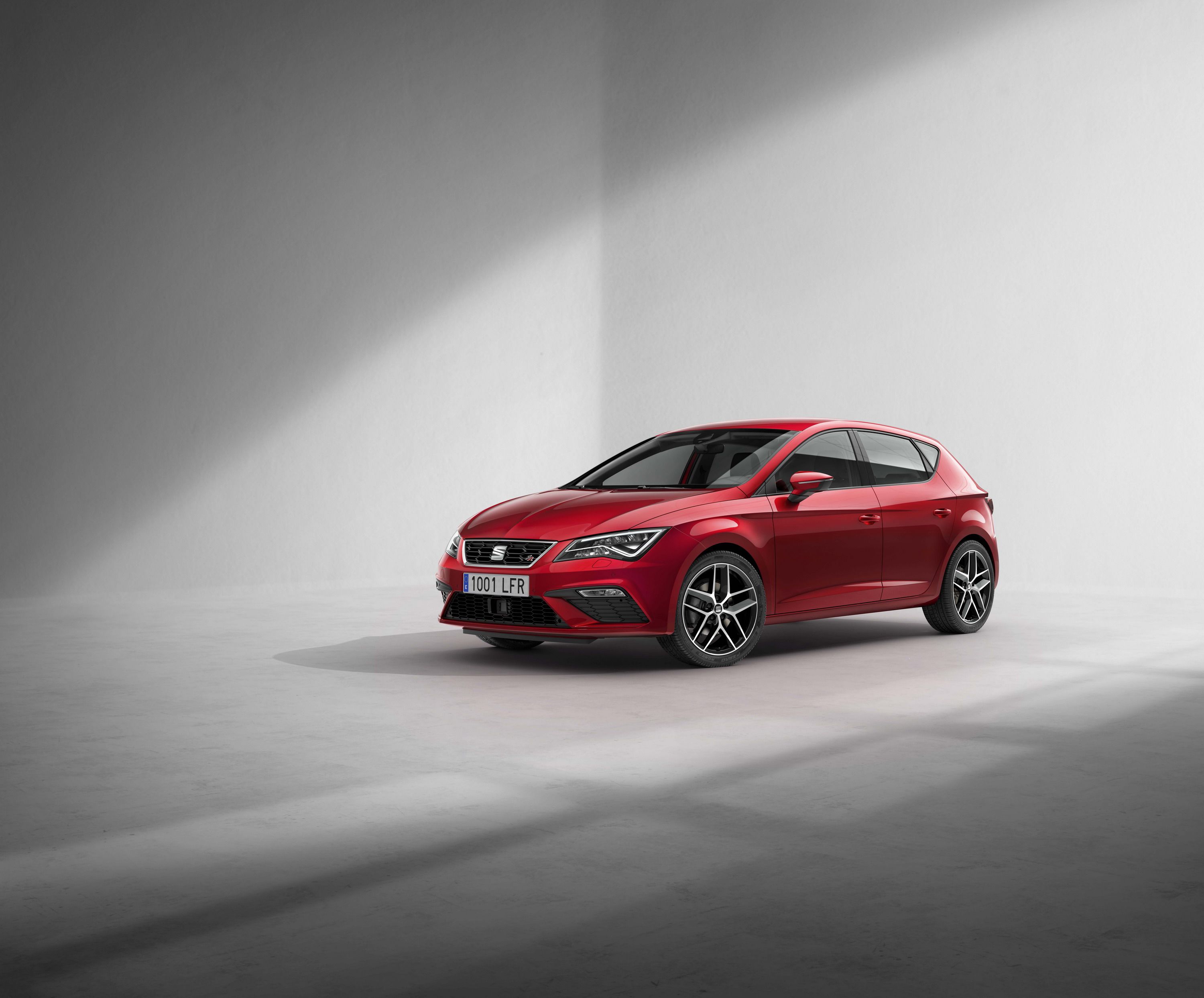
|
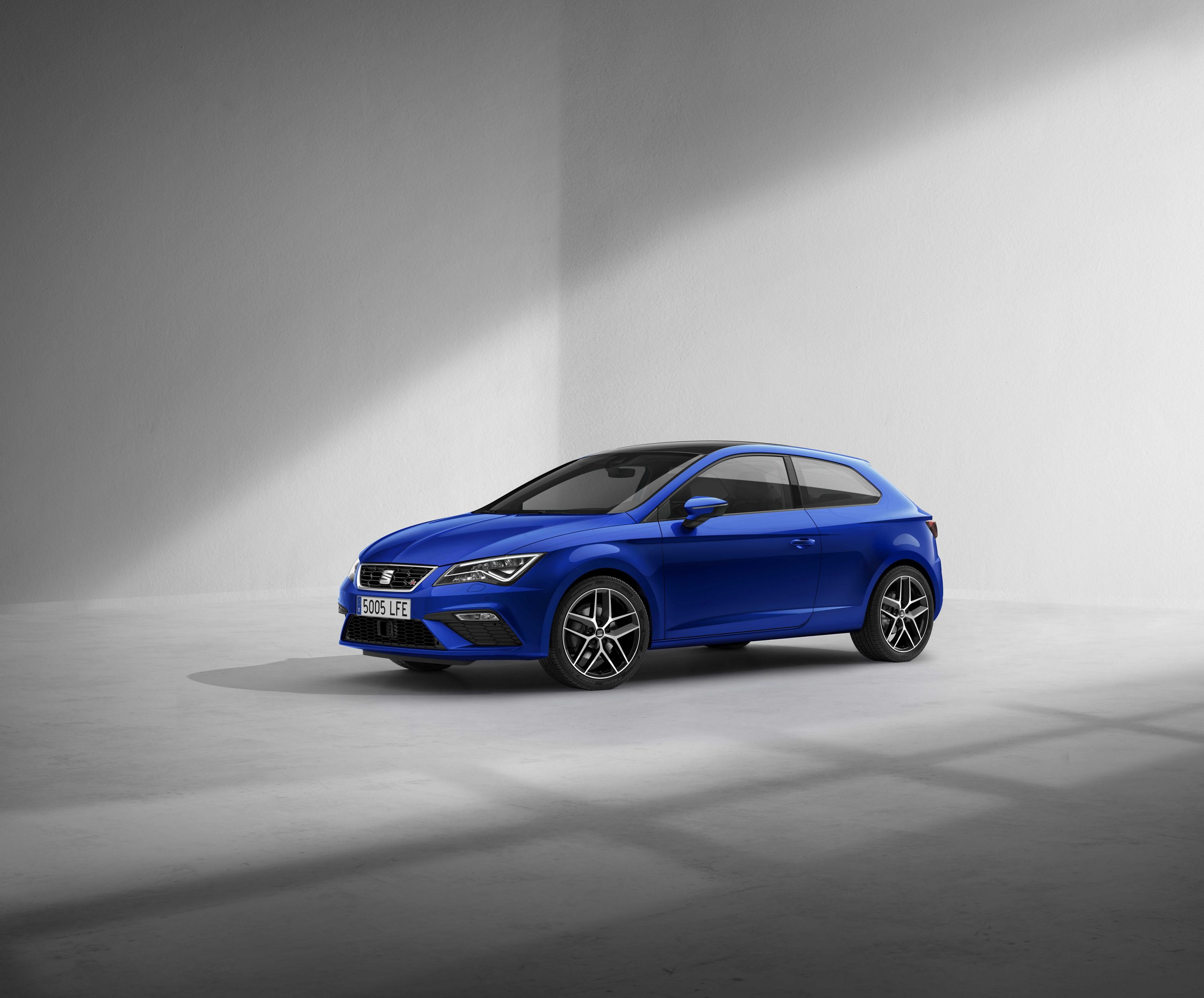
|
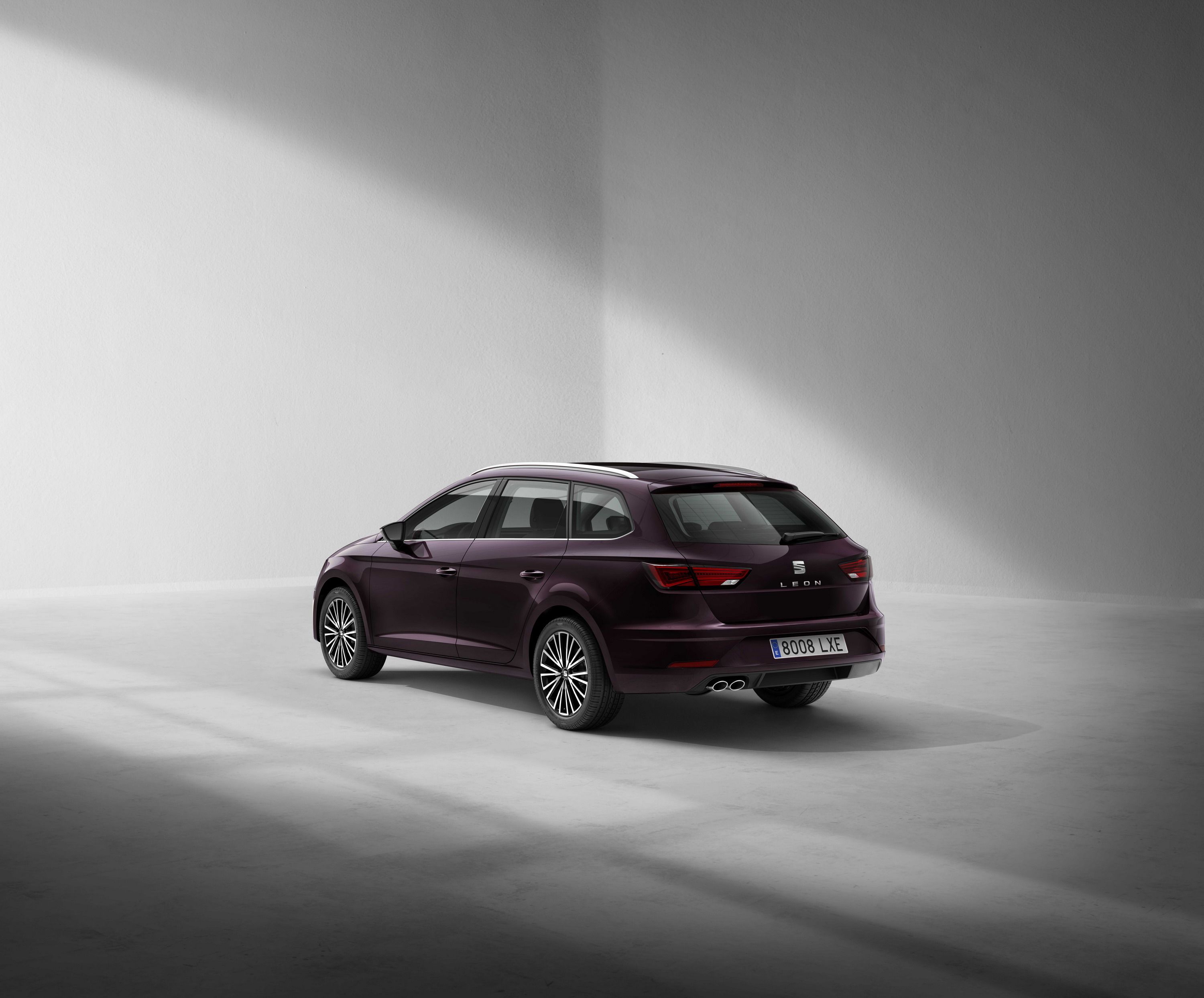
|
The bumper was also redesigned, gaining a wider center intake with sharper edges toward the bottom and larger side outlets. Finally, both the indicators and the foglights now benefit from LED technology. Around back, the taillights showcase a new LED pattern, while the bumper and trunk lid have been revised to include sharper lines that mirror those seen up front. New wheels designs and an updated color palette round off the facelifted Leon.
Interior
Changes are less obvious inside, where the new center console with the electric parking brake is the only noticeable modification design-wise. However, the cabin is now quieter thanks to improved sound-deadening insulation and features new ambient LED lighting with adjustable intensity.
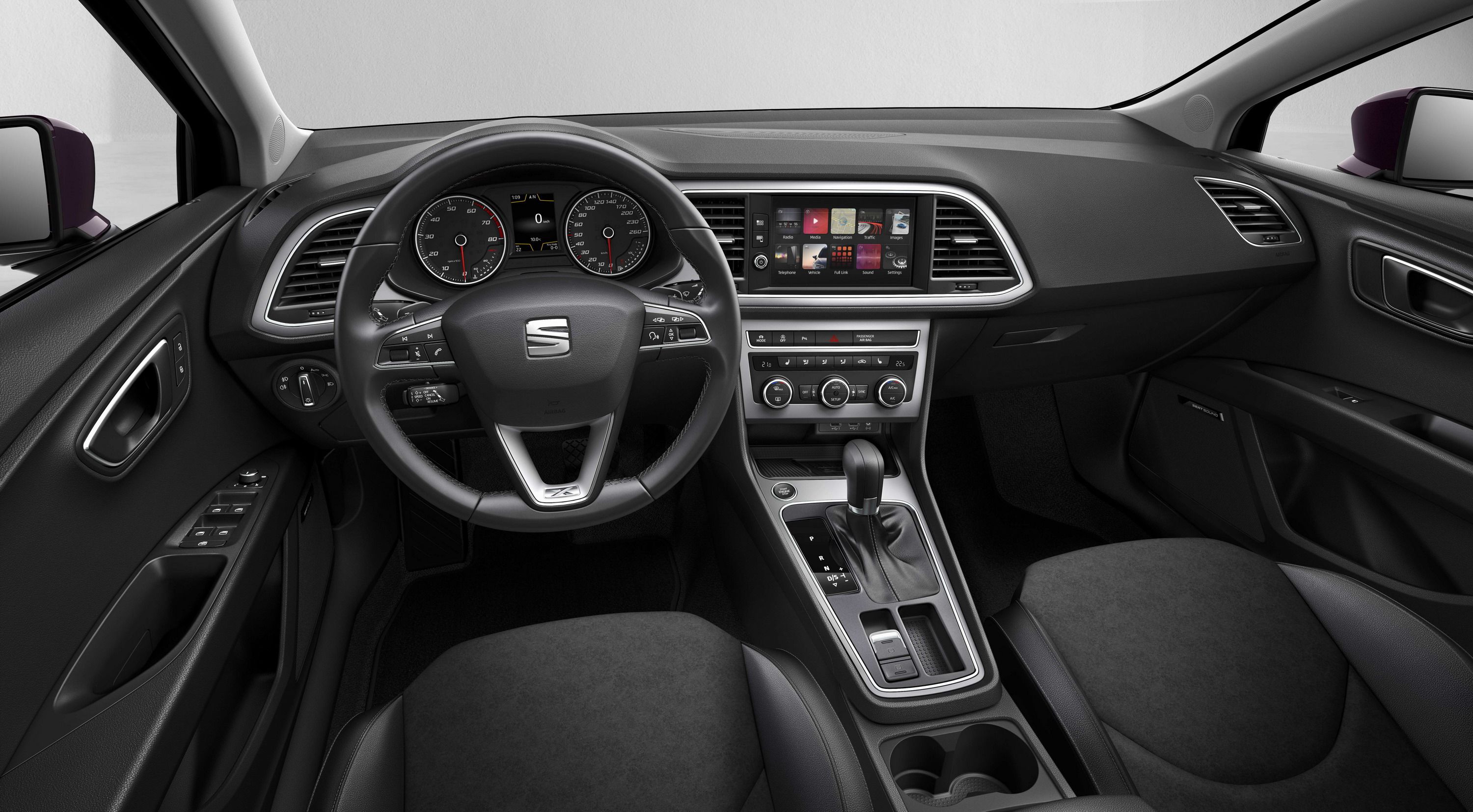
|
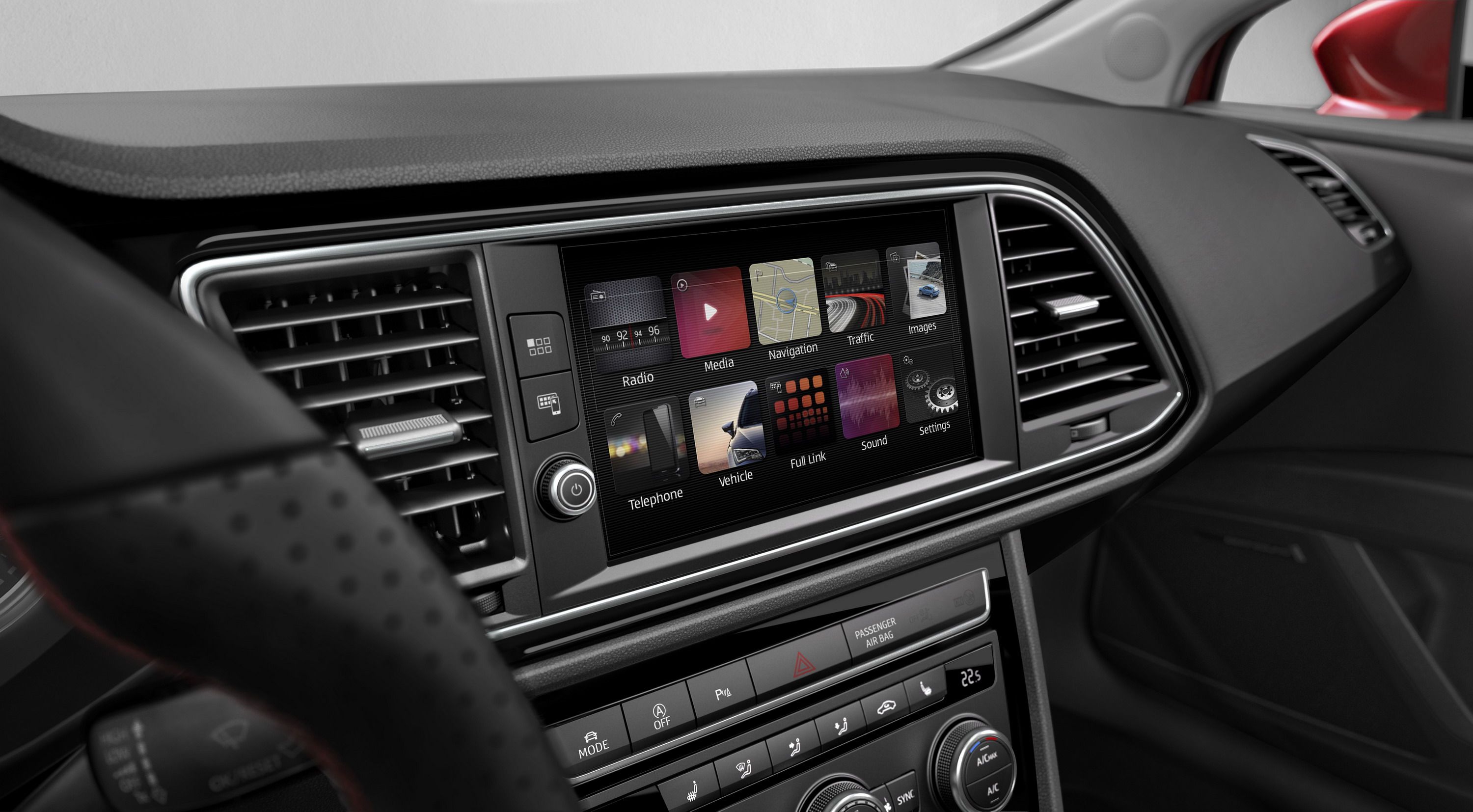
|
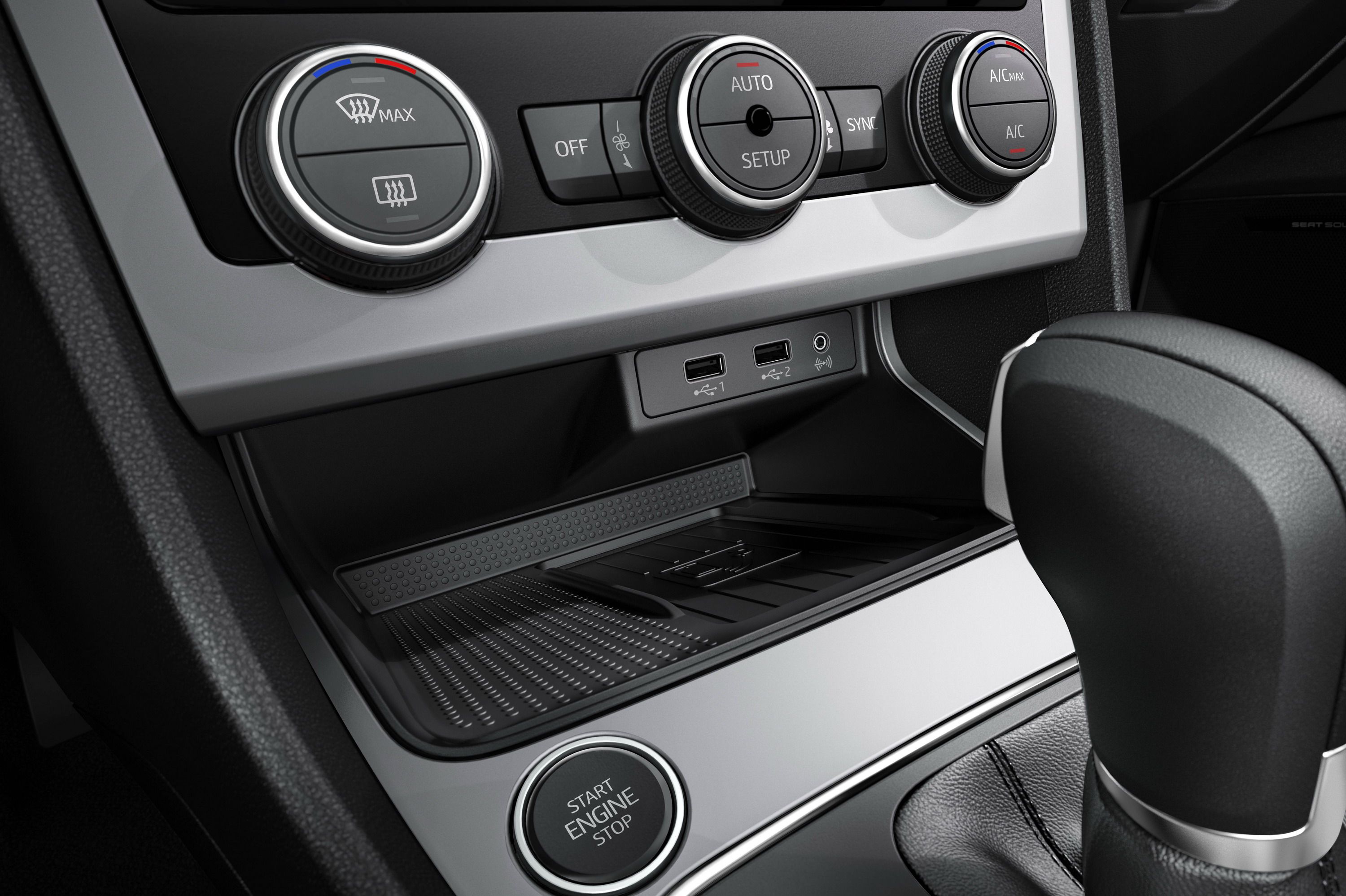
|
More changes come from the technology department, starting with a redesigned eight-inch display. The Leon also gained the latest generation of the Easy Connect infotainment system, SEAT Full Link, and the exclusive SEAT ConnectApp that comes with voice recognition and gesture control technology. The hatchback also has, for the very first time, a Connectivity Box in the central console that enables wireless smartphone charging.
Finally, the SEAT Full Link, which provides connectivity for virtually all smartphones and incorporates Apple CarPlay and Android Auto. For areas with low satellite reception, the system includes a GSM signal booster.
Drivetrain
Like the outgoing model, the updated Leon will go on sale with a wide range of gasoline and diesel engines. For the time being, Seat released data for the British market only, where the petrol lineup will include four-cylinder engines with output ranging from 108 to 177 horsepower. The base engine is a 1.2-liter, while the range-topping unit is a 1.8-liter. The facelift also brings a brand-new three-cylinder into the lineup, in the form of a 1.0-liter with 113 horses.
Moving over to diesels, the offer includes the same 1.6-liter with 89 ponies and 2.0-liter with 181 horsepower, but a new 1.6-liter with 113 horsepower is also available. This unit replaces the previous 104-horsepower powerplant.
When it comes to gearboxes, the range includes five- or six-speed manual units, as well as double-clutch DSGs with six or seven speeds.
Seat says that a new Leon Cupra will be launched in the near future "complete with its own surprises." The beefed-up car will probably get a more powerful 2.0-liter turbo-four, but we will find out more about that in due time.
Safety
Seat also introduced new safety and driver assist features, starting with Lane Assist, which enables the car to accelerate and brake automatically in traffic jams. Up to 37 mph, the system provides assistance with speed while keeping the car in the correct lane. Another added feature is the Pedestrian Protection System which recognises vehicles, as well as pedestrians. Other new systems include Traffic Sign Recognition, Blind Spot Detection, Emergency Assist, and High Beam Assist. The camera and navigation systems have been improved too and now recognize a higher number of traffic signs.
Prices
Pricing will be announced at a later date, but Seat announced five trim levels. Customers will be able to opt between S, SE Dynamic, SE Technology, FR, and the new Xcellence. The latter was designed for a more upmarket feel and includes "luxurious upholstery" (Alcantara and leather optional), extensive trim elements, and multi-colour ambient interior lighting. The trim also adds new front and rear bumpers, rear LED indicators, an aluminium kick plate, and Keyless Enter and Go. Expect pricing to start from around £18,400 ($22,510 as of October 2016) for the three-door version, £19,300 (about $23,610) for the five-door hatchback, and £20,200 (around $24,710) for the station wagon.
Competition
Volkswagen Golf
Now in its seventh generation, the Volkswagen Golf continues to be the most popular compact hatchback in Europe. The German car shares the same underpinnings with the Seat Leon and it is sold with a wide choice of engines, ranging from 1.0-liter three-cylinder units to 2.0-liter four-bangers, the latter restricted to the performance-oriented GTI and R models. Moving over to diesels, there are 1.6- and 2.0-liter four-pots generating up to 181 horses and 280 pound-feet in the GTD model. U.K. prices start from £17,595 (about $21,530) and go all the way up to £27,500 (about $33,650) for the GTI and £30,820 (around $37,700) for the R.
Find out more about the Volkswagen Golf here.
Ford Focus
Another popular choice in Europe is the Ford Focus, currently in its third generation. Though far from new, having been launched back in 2010, the current Focus received an extensive facelift in 2015 and an RS version. Drivetrains include both gasoline and diesel engines. There's a 123-horsepower 1.0-liter EcoBoost, a 182-horsepower 1.6-liter EcoBoost, and 251-pound-feet 2.0-liter diesel. The Focus retails from £15,995 (around $19,580) in the U.K., while the ST and RS fetch £22,495 ($27,520) and £28,940 ($35,410) before options, respectively.
Read more about the Ford Focus here.
Hyundai i30
Redesigned for the 2017 model year, the i30 is the newest hatchback on the list. It's also a significantly newer nameplate compared to the Leon, Golf, and Fiesta, one that is becoming increasingly popular with European buyers. Featuring a new exterior design a more upscale interior with the company's latest technology, the i30 can be had with three gasoline engines and a diesel. The petrol range starts with a 1.4-liter rated at 99 horsepower and a 1.0-liter three-pot good for 118 ponies. A brand-new, 1.4-liter turbo generates 183 horses. Finally, the 1.6-liter turbodiesel can be had in three flavors, with 94, 108, and 131 horsepower, respectively. Pricing is likely to start from around £14,500 (about $17,740), which will make the i30 the most affordable hatchback in this comparison.
Learn more about the Hyundai i30 here.
Conclusion
Although the Golf is the far more popular choice, I've always favored the Leon for its more exciting design. I can't speak for everyone, but the Golf's design is too dull and I would get the Seat-badged alternative without flinching. The facelift makes the Leon that much more attractive, and even though a revised Golf is also underway, I have strong doubts that it will differ much from the current model. The new Leon package is also a lot more interesting thanks to its new technology and safety features, while the new engines will give customers even more options. One drawback is that the Leon is as expensive as the Golf and most customers would rather have a Volkswagen badge on their cars. Also, the new i30, which is a massive improvement over the previous model, has what it takes to give the Leon a run for its money, including a more affordable sticker.

